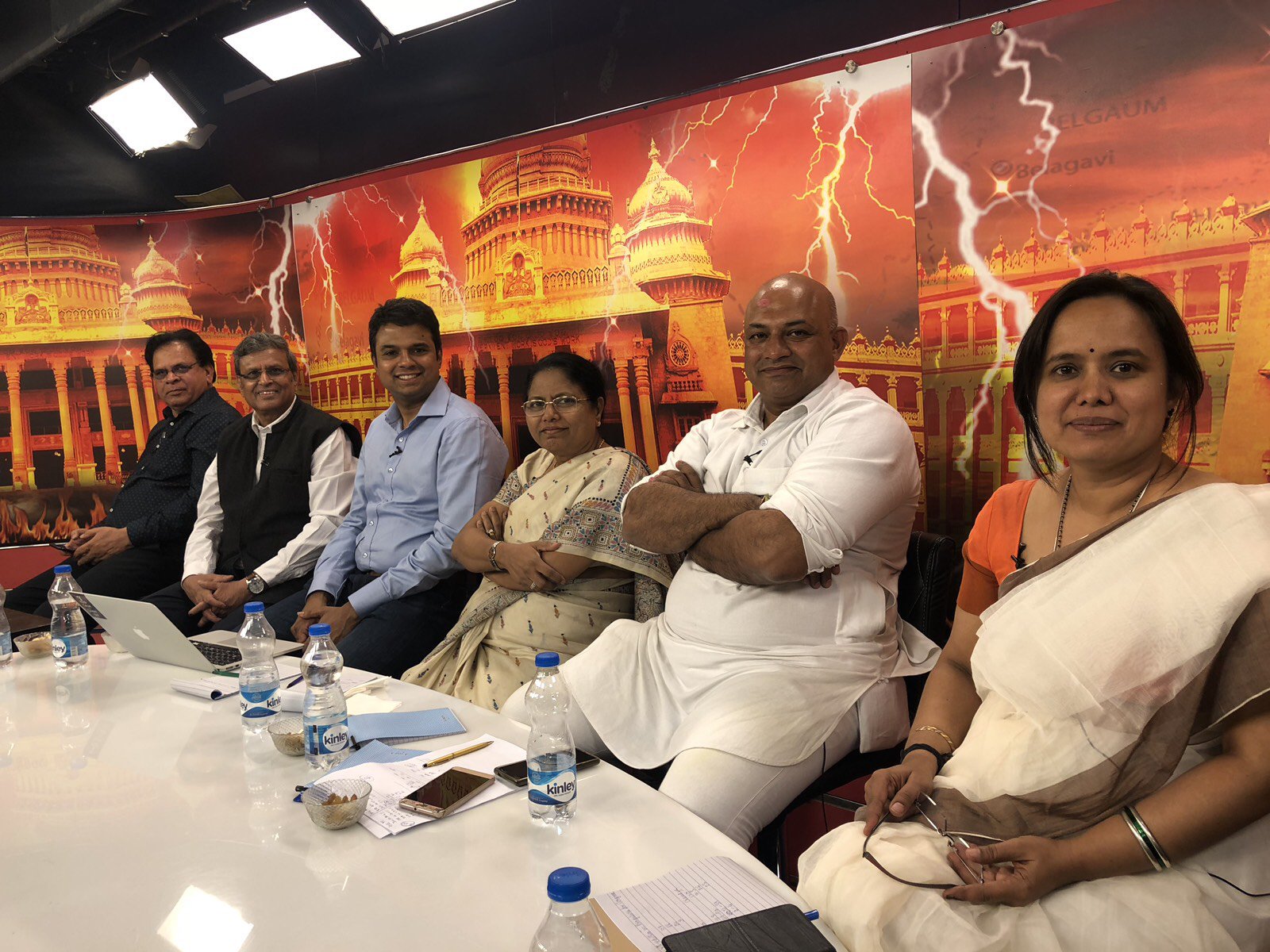Historically, political leanings have ben described on two dimensions – economic freedom and social freedom. In the American scenario, the Republican Party has historically been supportive of economic freedom and restrictive of social freedom. The Democratic Party has been liberal on social freedom but illiberal on the economic freedom front.
While other major Western democracies occupying these two opposite quadrants, the other two quadrants have been largely empty. The libertarians occupy the “free on both fronts” quadrant, but nowhere is there a party to represent them – giving people freedom on all fronts means lesser power for the government and no politician wants that. And being restrictive of both kinds of freedom means people won’t vote for you – at least this was the way historically.
Of course things have been different in India. While we did have a series of governments between 1991 and 2004 that were reasonably economically liberal (“liberalisation” happened in this time period), all Indian political parties are required to swear by socialism, and they swear by it in spirit as well. So the difference on the economic freedom front between different Indian parties is marginal (in 2014, many of us thought the BJP might be supportive of economic freedom, given its record in the 1999-2004 period. Instead, it gave us demonetisation).
So in effect, in India we have a one-axis democracy, where parties try to differentiate themselves on one axis, which is the kind of social freedom they allow. Even there, it is not so much of an axis, but different ways in which they control social freedoms.
The BJP doesn’t want you to eat beef. The AAP doesn’t want recorded music in restaurants. The Congress and JDS don’t want live music in restaurants. The BJP puts cow welfare over human welfare. The Congress enacts and supports laws that allow suppression of Muslim women (by Muslim men). Many parties want to ban liquor, despite it having been repeatedly shown that such bans don’t work. No party wants to legalise marijuana, despite our rich tradition in the substance (heck, its scientific name is Cannabis indica). And we all seem to vote based on which of these social freedoms are more precious to us than others – economic freedom is a battle already lost.
In any case, it seems like other countries are also moving towards one axis democracy. A chart posted on Twitter today describes results from a survey in the US on voters’ attitudes towards social and economic freedoms, and how they voted in the 2016 presidential elections (which Donald Trump famously won).

A large part of America seems to lie in the left half of the economic freedom spectrum. Yes, the republican voters are still more towards the centre than the democratic voter, but the bigger separation here is on the social rather than the economic dimension. And the Trump administration has been pursuing several policies cutting economic freedoms, such as tearing up trade deals and imposing tariffs.
So it seems like the world is following India in terms of enacting one axis politics – where voters vote more on the social dimension rather than the economic dimension. Then again, I don’t expect this to last – with parties moving left economically, soon you can expect economic freedoms to be crushed to the extent that it becomes advantageous for a party to signal economically right and still get votes.
PS: We don’t need to limit ourselves to two dimensions. A few years back, Nitin Pai had proposed the Niti Mandala which has three dimensions.




